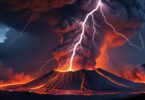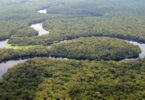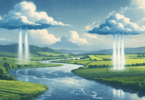Nature is a force of both creation and destruction. It can devastate with earthquakes, volcanic eruptions, and floods, yet over time, these catastrophic events can also carve out stunning landscapes that attract adventurers and nature lovers. These “beautiful disasters” remind us of nature’s power to reshape the Earth, leaving behind scenes of awe-inspiring beauty.
In this blog, we’ll explore five natural disasters that have given birth to breathtaking locations. From volcanic eruptions to calamitous landslides, nature’s ability to heal and transform is nothing short of extraordinary.
1. Mount St. Helens, USA
Mount St. Helens, located in Washington State, erupted violently in 1980, sending ash miles into the sky and devastating the surrounding area. The once-verdant landscape was reduced to ash-covered wastelands. But over time, life returned. Today, the Mount St. Helens National Volcanic Monument is a stunning landscape of regrowth, where forests are re-emerging, and flowers bloom across the lava fields. It’s a living testament to nature’s resilience and power to renew itself after devastation.
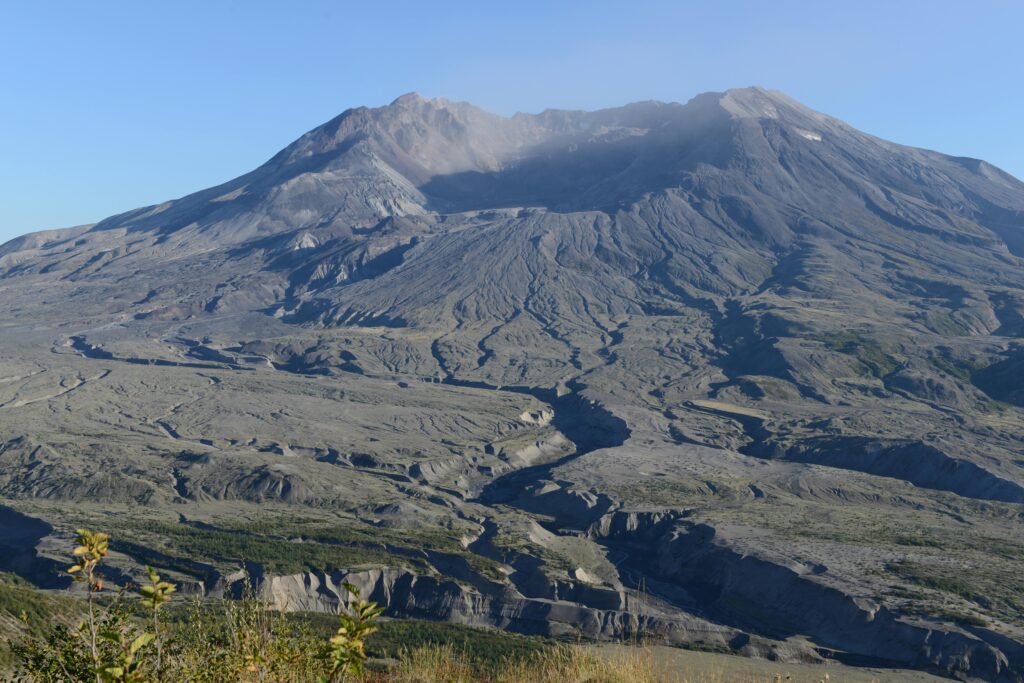
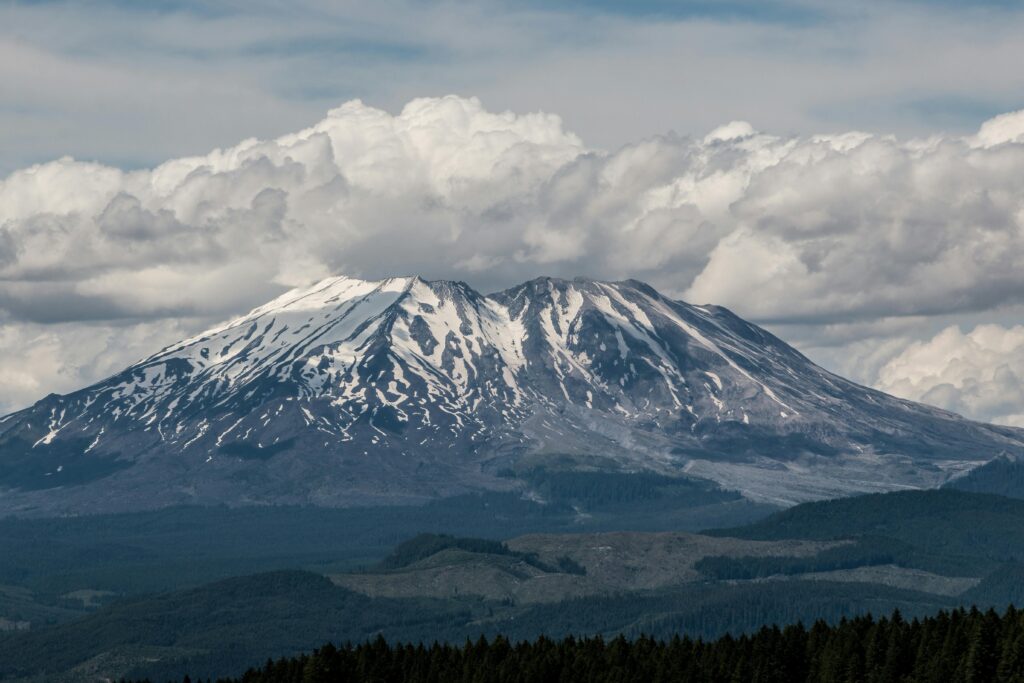
2. Torres del Paine, Chile
Though not a sudden disaster, the Torres del Paine in Patagonia, Chile, was shaped over millennia by slow-moving glaciers. These ancient forces sculpted jagged mountain peaks and deep valleys that now stand as some of the most striking natural wonders on Earth. The region’s massive glaciers, crystal-clear lakes, and rugged terrain are reminders of the raw, transformative power of ice. Today, it’s a top destination for hikers and outdoor enthusiasts drawn to its pristine beauty.
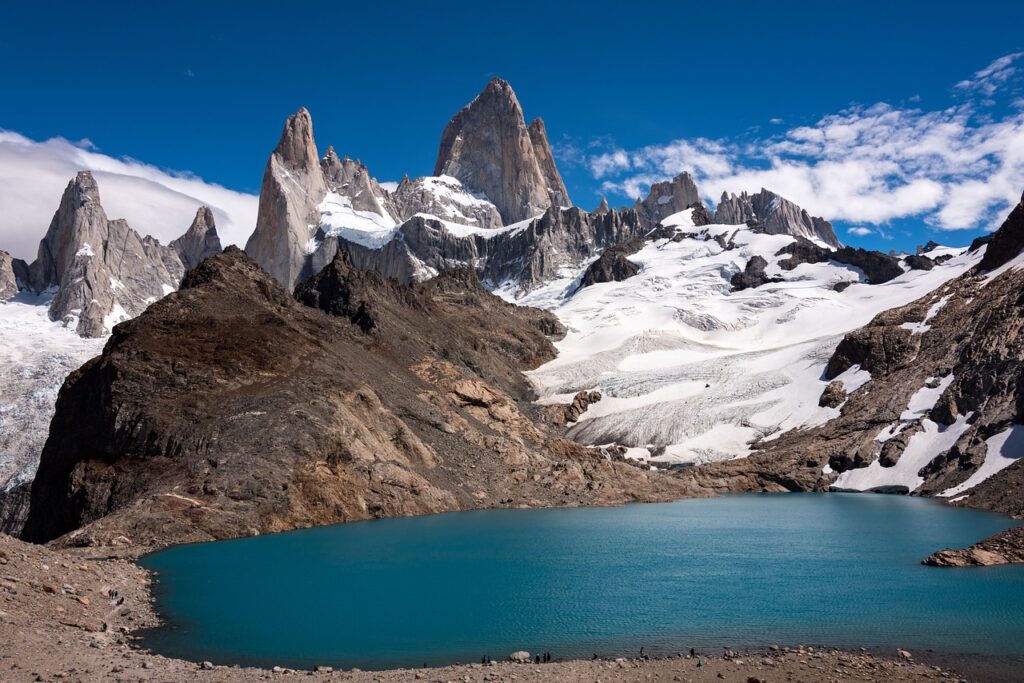
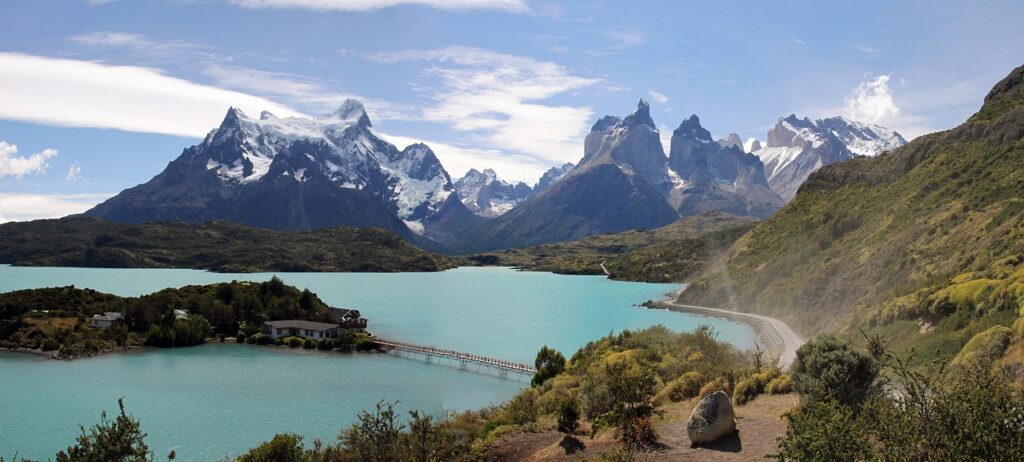
3. Lake Toba, Indonesia
Around 74,000 years ago, one of the largest volcanic eruptions in human history occurred in what is now Indonesia, creating the massive caldera that formed Lake Toba. The eruption was so immense that it is believed to have caused a global volcanic winter, nearly wiping out humanity. Despite its destructive past, Lake Toba is now a peaceful, serene landscape, with clear blue waters and lush islands. It’s hard to believe such beauty emerged from a catastrophe that once threatened life on Earth.
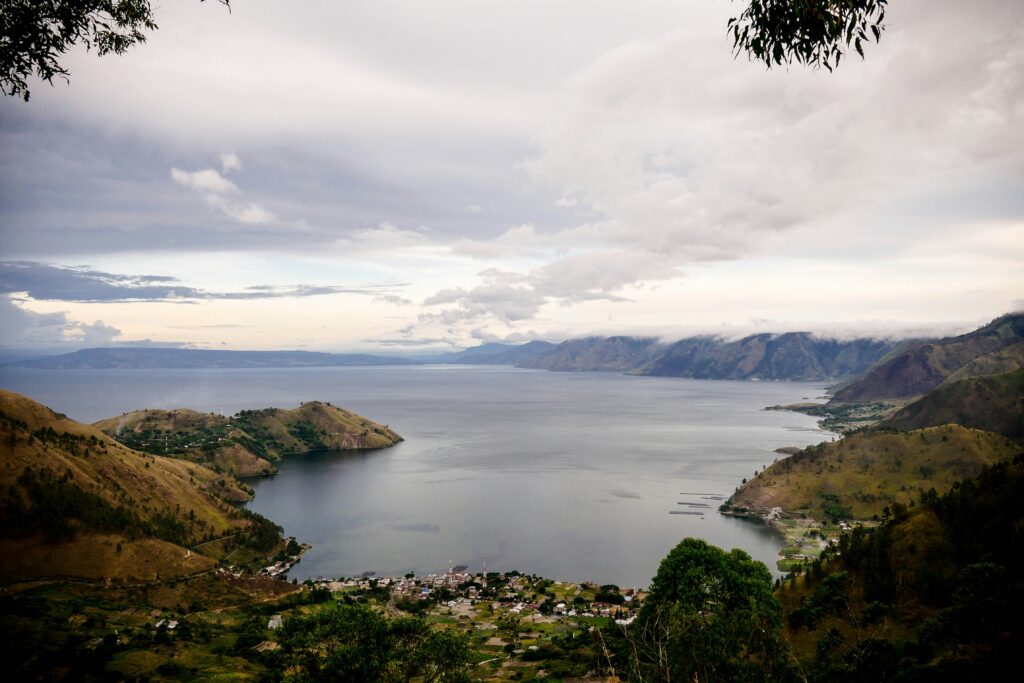
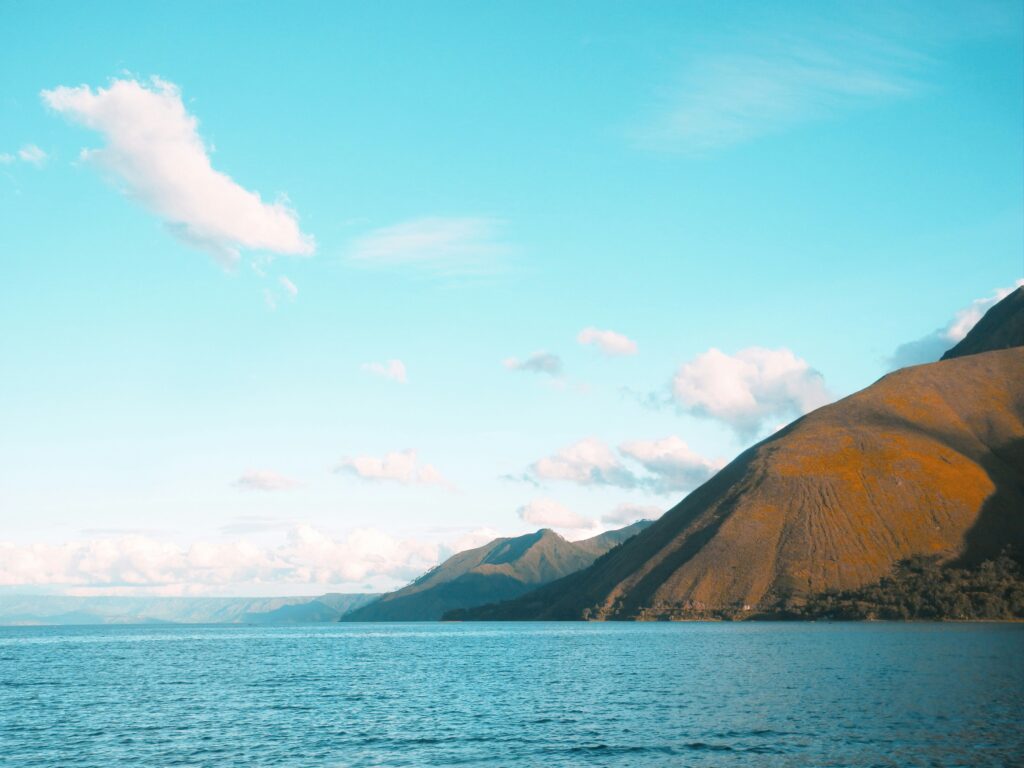
4. The Grand Canyon, USA
The Grand Canyon, a breathtaking natural wonder, was shaped by millions of years of erosion caused by the Colorado River. This slow-moving natural disaster carved out deep gorges and cliffs, exposing layers of Earth’s geological history. Its vibrant colors and towering cliffs make it one of the most iconic landscapes in the world. What began as destructive erosion has transformed into a place of unrivaled beauty that draws millions of visitors each year.
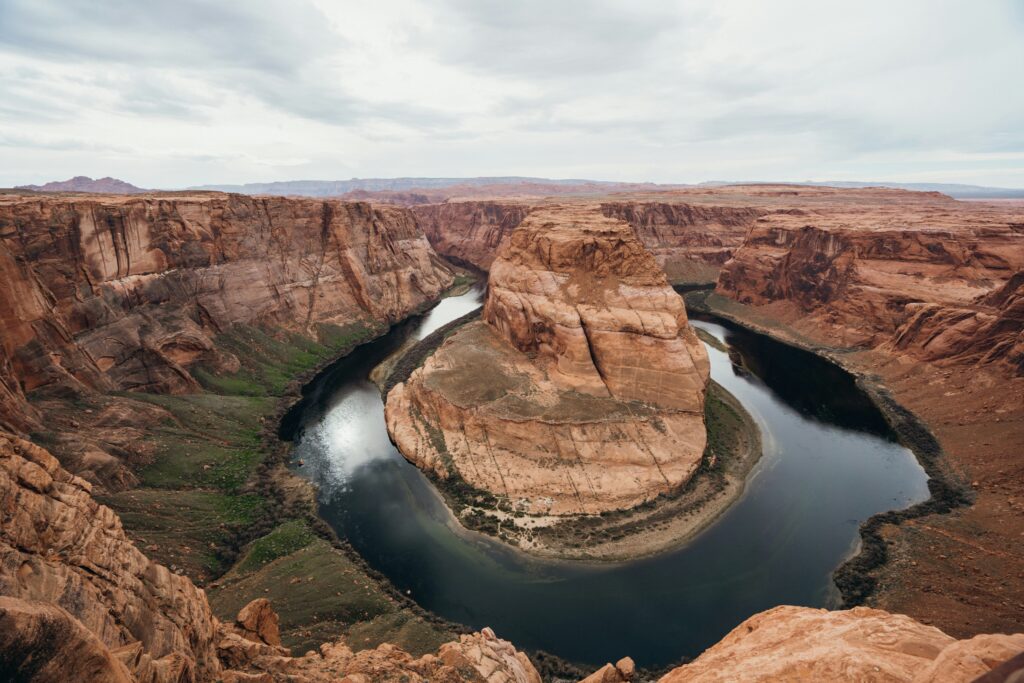
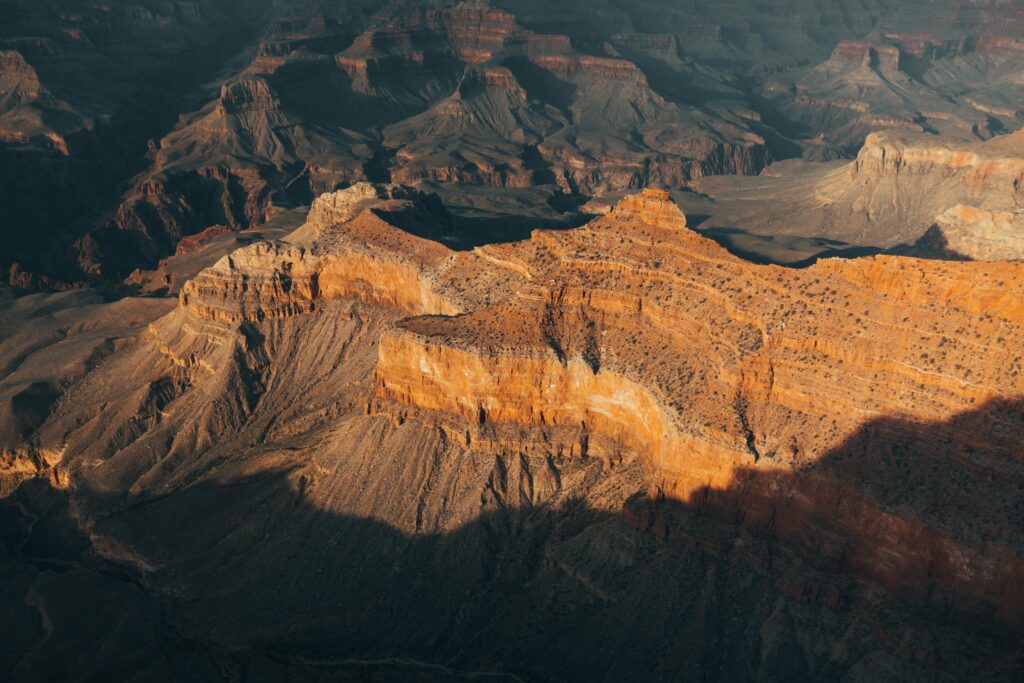
5. Mount Pinatubo Crater Lake, Philippines
In 1991, Mount Pinatubo erupted in one of the largest volcanic explosions of the 20th century, covering vast areas with ash and mudflows. Despite the destruction, what emerged was a beautiful, serene crater lake. Today, this vibrant blue lake attracts tourists and hikers, offering stunning views of the caldera and surrounding lush landscape—a true beauty born from disaster.
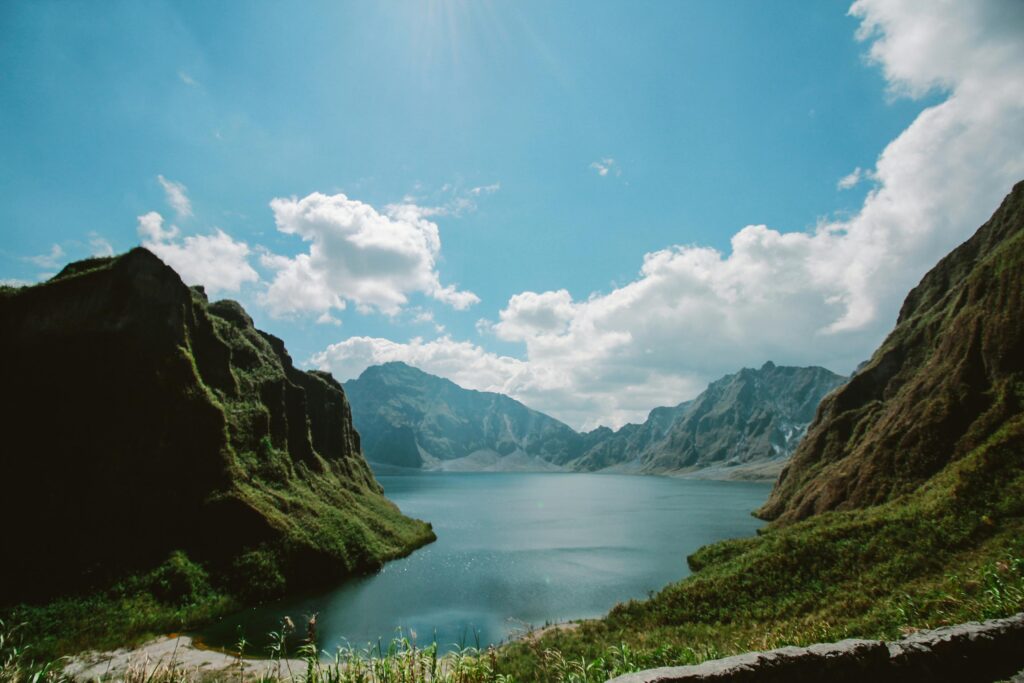
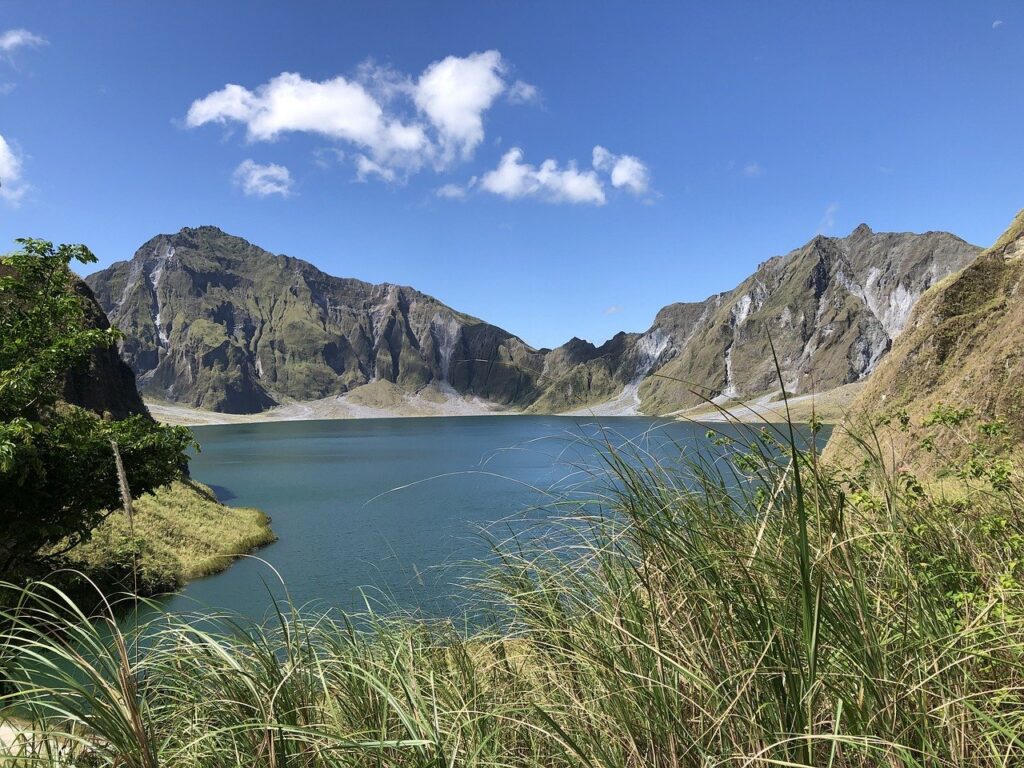
The Healing Power of Nature
These examples highlight nature’s extraordinary ability to heal and regenerate after catastrophic events. Though these disasters left scars on the land, time and nature’s processes have turned them into places of wonder, attracting tourists from all over the world. From volcanic eruptions to slow erosion, the landscapes we admire today are often the results of forces that once seemed destructive.
What Can We Learn?
The beauty that emerges from these disasters teaches us valuable lessons about resilience, not just for the planet but for us as individuals. Just like the landscapes transformed by time, we too can rebuild and find beauty in the aftermath of our own storms.
Tips for Responsible Nature Tourism:
- Respect the Land: When visiting these places, ensure you leave no trace. Protect nature’s delicate ecosystems so they can continue to thrive.
- Educate Yourself: Learn about the history of these sites. Understanding the power of nature helps foster greater respect for the environment.
- Support Conservation Efforts: Many of these places rely on conservation efforts to protect their ecosystems. Consider supporting local initiatives when you visit.
Nature’s disasters, though destructive, remind us of the Earth’s incredible ability to recover and create new forms of beauty. As visitors, it’s our duty to appreciate these landscapes with care and humility. By connecting with nature, we learn not only about its power to destroy but also its unmatched power to heal.
These beautiful disasters are more than just tourist destinations—they are living proof that the natural world, no matter how broken, always has the potential for renewal.



